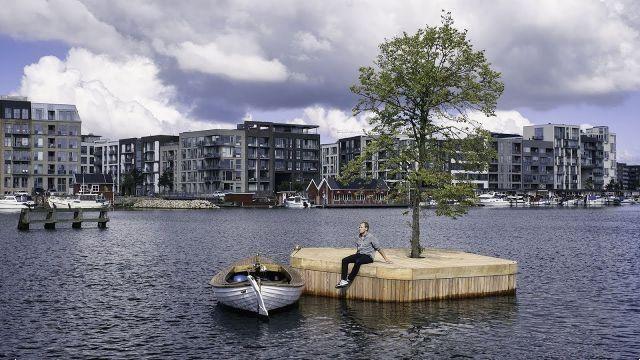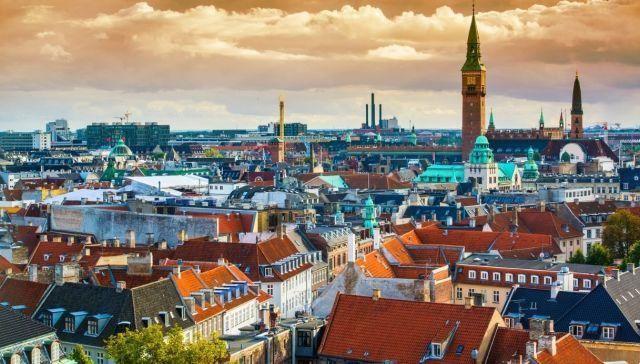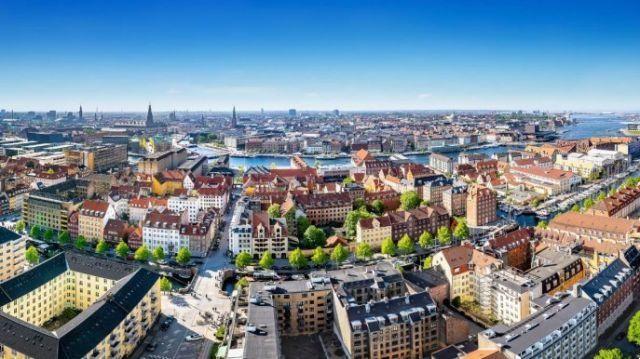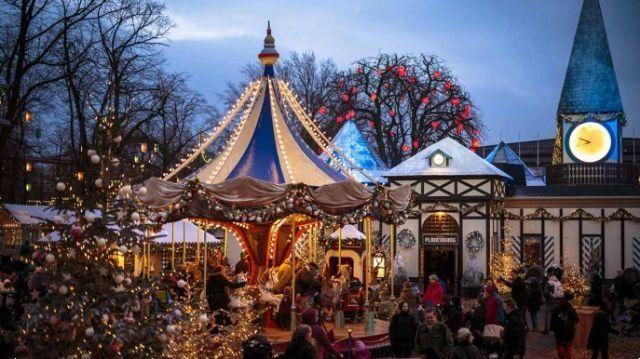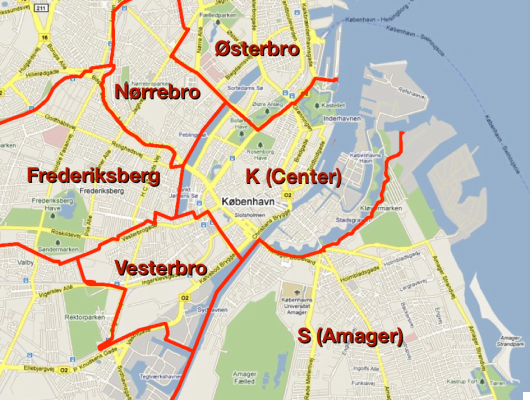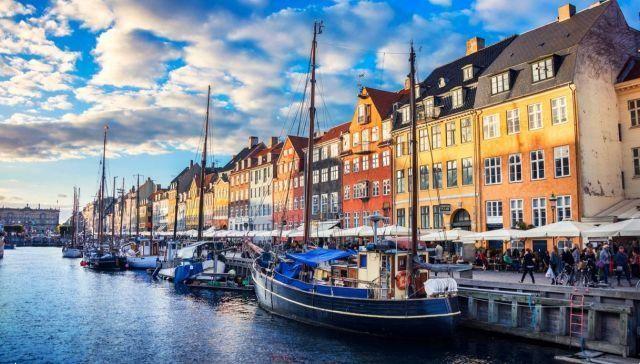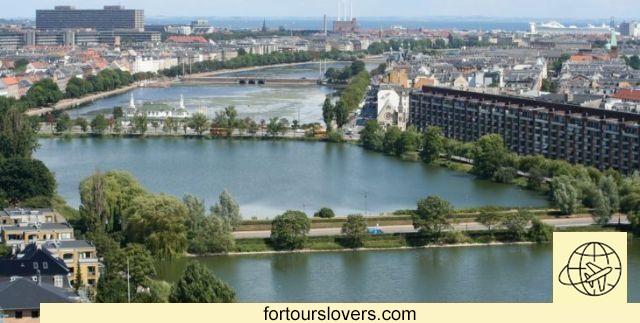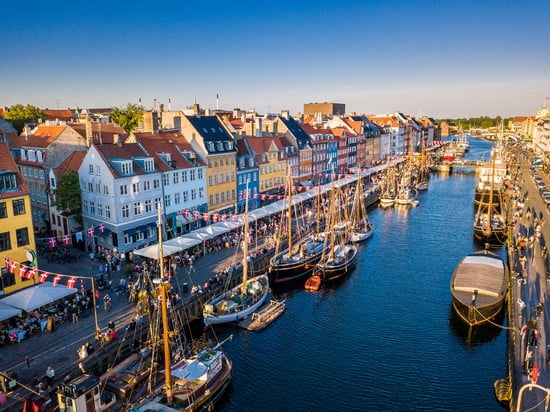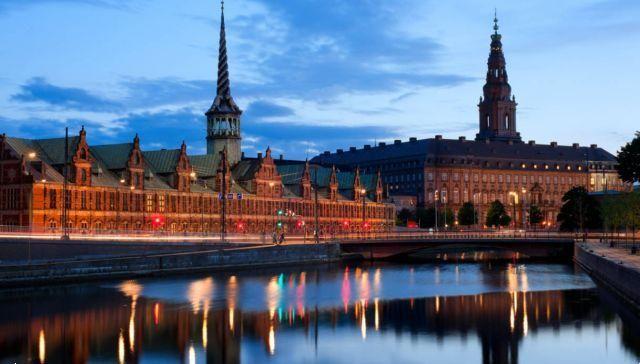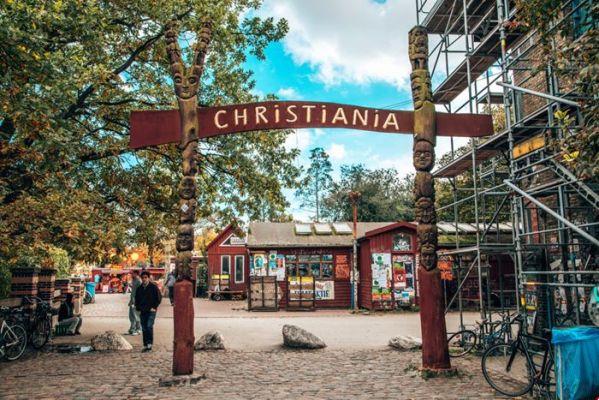 Walking around Christiania, the "free city" born at the beginning of the 1970s in the heart of Copenhagen, among old hippies and proud anarchists
Walking around Christiania, the "free city" born at the beginning of the 1970s in the heart of Copenhagen, among old hippies and proud anarchists
(Exclusively for you an excerpt from “Il Premio”, the new film by Alessandro Gassman, in cinemas from 6 December)
Self-proclaimed anarchist community, free city, occupied area, social experiment, hippie collective, country of Europe: Christiania, in the heart of Copenhagen, it is all this and much more. It is certainly one of the most original and popular tourist destinations in Denmark. At the end of the 1960s, when the first nucleus of new and "picturesque" inhabitants settled in this neighborhood, the territory included in this "city within the city" was nothing more than a succession of abandoned buildings and shacks surrounded by greenery .
In 1971 a group of Danish hippies and squatters decided to occupy these "forgotten" spaces in the Christianshavn neighborhood and give shape to an exceptional experience of community life. The "free state" today has a thousand inhabitants but every year hosts over a million curious tourists as well as artists, film-makers and musicians who have drawn inspiration from it for their works; last but not least, Alessandro Gassman, who chose Christiania for some scenes of his new film “Il Premio”. Here you are ten things to know, before visiting the anarchist neighborhood of Copenhagen.
1. From military quarter…
Christiania covers an area of 34 hectares (0,34 square kilometers) and is located between the long Refshalevej street and the two banks of the Stadsgraven canal. This “portion” of the Christianshavn neighborhood was once a military zone. The abandoned barracks and warehouses of Bådsmandsstræde that the anarchists have claimed as their own – and which you will see painted in bright colors and covered with beautiful murals and graffiti – belonged to the Danish army, which had an artillery depot here, already decommissioned at the time of the occupation.
2. …a hippie settlement
When the squatter movement entered Christiania in the 1970s and founded the "free city", it gave life to a self-managed community inspired by values of freedom, sharing and peace. It cleans the structures, making them habitable, takes care of the green spaces, organizes itself into small autonomous units, organizes events, concerts, theatrical performances and participates in city demonstrations for rights. Above all, it looks like open and welcoming place, something you will realize as you walk through the streets and meet its inhabitants.
3. How to reach Christiania
Located right in the center of Copenhagen, the Christiania citadel is just under 4 kilometers from the central station and the Tivoli amusement park. The ideal is to reach it on foot, taking advantage of the long route walk (about 45 minutes) to admire some of the most beautiful buildings in the capital: the National Museum of Denmark, the Thorvaldsen Museum, Christiansborg Palace, the old stock exchange (Børsen), the Vor Frelsers Kirke (the baroque church of the Redeemer). By public transport (bus or subway), you can get there in 15 minutes.
4. Gateway to the city
The main entrance to Christiania is located on Princess Street, between Refshalevej and Bådsmandsstræde. To enter the city, you will have to pass under the picturesque wooden arch. Near the door, you will find the InfoCafé, the Carl Madsens Plads market, the post office as well as workshops, a restaurant, a gallery... Don't forget that access is only permitted on foot and by bicycle; No cars or motorbikes are allowed, you will have to park them in the surrounding streets of Copenhagen.
5. Status and economic structure
Self-proclaimed state, Christiania is equipped with services such as post offices, first aid stations, nursery schools and kindergartens, playrooms; there are government bodies like theCommon assembly, the economic commission, the housing commission... Since the beginning of the community experience, citizens have shared the choice to pay taxes to the municipality of Copenhagen and to the Danish state and to bear the costs of consumption of electricity, water, care of gardens, waste collection and public offices. As visitors, you are invited to respect separate waste collection, leave common areas clean and use public toilets.
6. A flag and an anthem for Christiania
The free city also has its flag: three yellow circles on a red field, placed next to each other on a horizontal plane. The yellow discs of the flag would refer to the dots on the three "i"s of the word Christiania: the explanation is controversial, but you can try asking for clarification during your visit. Furthermore, the community has adopted the protest song by the rock band Bifrost I kan ikke slå os ihjel – whose title means “You can't kill us” – as an anthem.
7. Good practices and prohibitions
There is no shortage of rules, prohibitions and good norms to respect, which the inhabitants of Christiania have established through a democratic process of discussion and sharing. No cars, we have already said, and weapons and hard drugs are also banned, under penalty of expulsion from the territory. Tourists are asked to respect privacy of the residents and not to disturb the animals: if you wish to take souvenir photos, do so discreetly and ask permission before taking.
8. Guided tours
You can visit Christiania on your own, in total freedom, but if you want to know more about the history of this remarkable social experiment in the heart of the city of Copenhagen, you can opt for a guided tour, in a group. You will thus discover the life and culture of the community, the economic activities, the shops, the projects and the ongoing experiences. Find out more at the information office near the entrance door. At the end of the visit you will also have the opportunity to stop for lunch or dinner at the community kitchen Fælleskøkkenet or in one of the many cafés and restaurants in the area.
9. Cultural activities
Since its birth, the free city of Christiania has been an open space for musicians, actors and artists who have created theater companies, bands, painting and sculpture ateliers. There are various cultural spaces, arenas, rooms where you can watch shows such as the Musikloppen, where large concerts are held, and the Byens Lys cinema. For children there is Children's Theatre, while among the artistic workshops, we highlight the Croquis-værkstedet painting one and the Både – og carpentry one.
10. Evolving utopia
A final nod to the cultural context in which the Christiania social experiment, known throughout Europe, if not the entire world, was born and developed. Behind this still evolving experience there is the utopia of democratic self-government and conscious participation in community life, which you can learn more about in the space called Utopian horizons where we talk we talk about the future, environmentally friendly economy, democratic development and new jobs.




